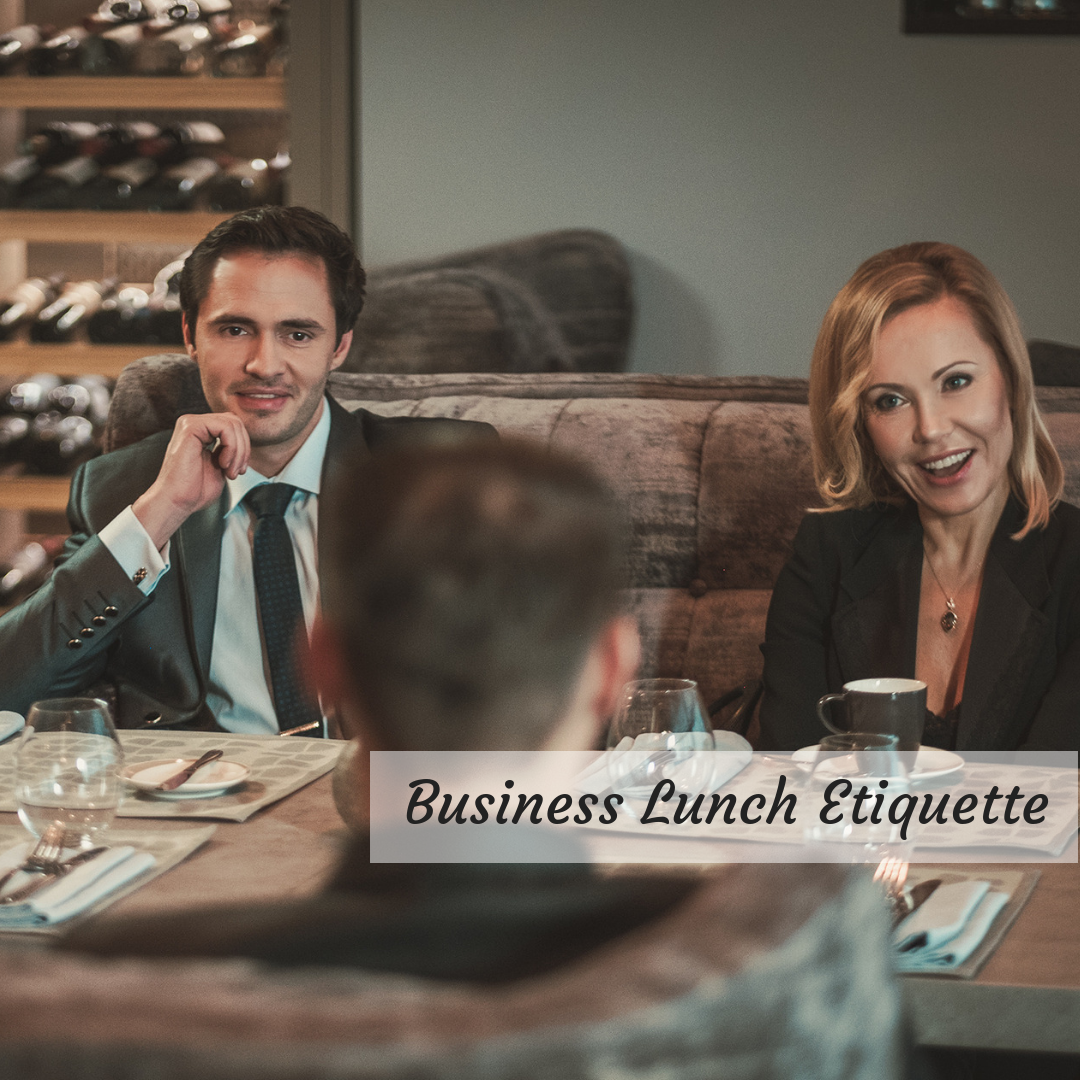At times, we might be in a situation in which our working hours with clients are extended, we find ourselves in a difficult situation in which everyone is hungry, and it is lunchtime. Should I invite the clients to a restaurant? Which restaurant should I pick? What kind of food would be appropriate? What kind of behavior should I display in order to make my client comfortable?
Which Restaurant?
The best solution to this would be to simply be honest and ask your clients, “Should we discuss this topic further over lunch?” If your clients accept, then you can go ahead and ask which type of food they would like to eat, if you find yourself with a client who puts the decision on you, then pick the “safest choice” which would be restaurants who offer a bit of everything, avoid strong ethnic foods which might make your client uncomfortable. Stay away from expensive restaurants, but also stay away from cheap restaurants. Be mindful where you take your client. Taking this person to eat at an extremely expensive restaurant might make this person feel stressed and uncomfortable, look for a middle ground. Pick a restaurant that makes your client feel comfortable with: the food, the proximity to work, private rooms if needed for business meetings and parking.
At the Restaurant
The first rule is: do not talk about business related topics while you eat unless the client(s) puts the topic on the table. We want to make the effort to disconnect from business topics and try to connect with the client by talking about other topics. If you see that the client brings back the topic, then go ahead and talk about it.
A great way to connect and give a great impression is to know about the client’s company, do some research beforehand, read about the company’s history or any projects. Talk about your client’s interests and hobbies… people like to feel valued. Remember, one lunch could be the beginning of a great relationship with another company so use this time to really connect with your client.
Be careful with the type of conversations you choose to have, asking private or inappropriate questions might make your client uncomfortable. Be aware of your behavior, you want to stay away from making any type of scene because of bad service or cold food, with an aggressive behavior, you might get your way with the restaurant, but you will cause a terrible impression on your client. Always be assertive in your communication; show your client how assertive you are by remaining calm and getting your point across in a respectful way and always treat everyone with respect: dinners, and restaurant staff.
Do not put documents, laptops, or cellphones on the dining table (Never talk on the phone while eating, it is disrespectful towards the other dinners) and brush up on your dinning etiquette, you want people focusing on the conversation, not how you eat.
Be mindful of how much time you spend over lunch. Not only must you remember that other people need to eat, but also the staff needs to prepare the table for other dinners, any further conversation must be done back at the office.
Ordering
Never impose a dish. You may give your opinion or recommend, but never order for your client. Always give this person his/her freedom to choose what to eat or drink. If you are going to be drinking wine, it is customary to let your client choose the wine.
For a business lunch, I recommend going to a restaurant you have already been to. Not only have you tried the food before, but you don’t fall into the difficult situation of asking the waiter for a recommendation and then not liking the food. For a business lunch, I would stay away from new restaurants and stick to restaurants in which we can guarantee the client’s satisfaction.
Who pays?
Very simple, if you invite your client, you pay. You ask for the bill and stay away from discussing who pays for it. When you begin the meal, make it very clear to your client that you will be inviting. It looks terrible to invite someone to eat and then wait for that person to pay half, if YOU make the invitation you pay.
If it’s the opposite and you are the one who is being invited, ALWAYS offer to pay, if the associate says no, then offer to pay half, if the associate says no again, do not keep pressuring or fighting with the person over who is paying, if he/she is inviting you then accept graciously. Lastly, do not forget to tip! In the United States it is customary to tip a minimum of 15% to 20%.
Bon Appétit…

